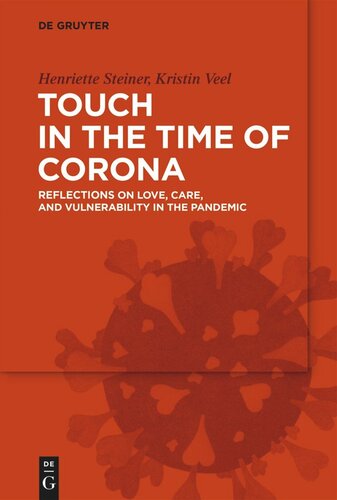

Most ebook files are in PDF format, so you can easily read them using various software such as Foxit Reader or directly on the Google Chrome browser.
Some ebook files are released by publishers in other formats such as .awz, .mobi, .epub, .fb2, etc. You may need to install specific software to read these formats on mobile/PC, such as Calibre.
Please read the tutorial at this link: https://ebookbell.com/faq
We offer FREE conversion to the popular formats you request; however, this may take some time. Therefore, right after payment, please email us, and we will try to provide the service as quickly as possible.
For some exceptional file formats or broken links (if any), please refrain from opening any disputes. Instead, email us first, and we will try to assist within a maximum of 6 hours.
EbookBell Team

4.8
44 reviewsOpen Access
A chronicle, a memoir, a reflection on the pandemic, and a cultural analysis of the new spatial, social, and epistemological forms that have arisen with it, this volume weaves together cultural history, aesthetics, and urban and digital studies. It looks at the particular ways in which the possibilities for touch, touching and being touched, both physically and affectively, are reconfigured by the pandemic. How are love, care, and humanity’s complex relationships with technology and nature played out in the interval between abandoned city centres and digitally mediated gatherings? How can we comprehend the reconfiguration of relationships through the human response to the pandemic as an experience that concerns us all but affects each of us in different ways? How do we think through the technological and material dependencies that the pandemic situation establishes? And how does this allow us to imagine the world beyond the pandemic—both utopian and dystopian? The essays in this book explore the new forms of intimacy and distance that are developing in the wake of COVID-19, offering a distinctive, topical analysis in the fields of urban and digital studies.
The book:
- offers reflections on how touching and being touched is being reconfigured by the pandemic
- weaves together cultural history, aesthetics, and urban and digital studies
- reflects on the practice of cowriting